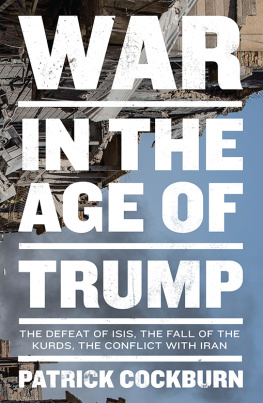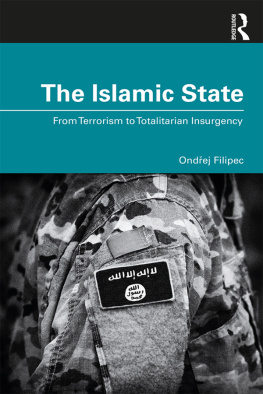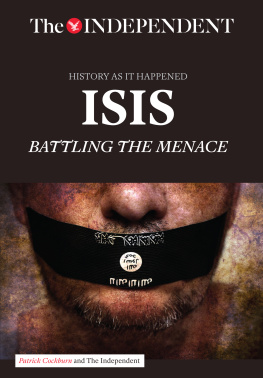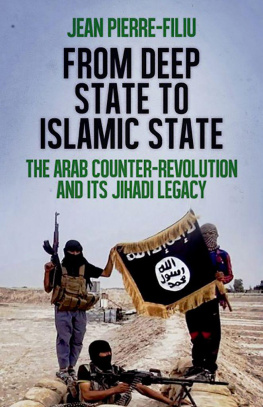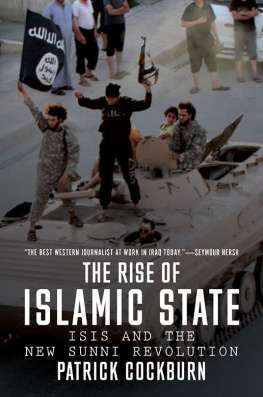Patrick Cockburn - Age of Jihad: Islamic State and the Great War for the Middle East
Here you can read online Patrick Cockburn - Age of Jihad: Islamic State and the Great War for the Middle East full text of the book (entire story) in english for free. Download pdf and epub, get meaning, cover and reviews about this ebook. year: 2016, publisher: Verso, genre: Science / Politics. Description of the work, (preface) as well as reviews are available. Best literature library LitArk.com created for fans of good reading and offers a wide selection of genres:
Romance novel
Science fiction
Adventure
Detective
Science
History
Home and family
Prose
Art
Politics
Computer
Non-fiction
Religion
Business
Children
Humor
Choose a favorite category and find really read worthwhile books. Enjoy immersion in the world of imagination, feel the emotions of the characters or learn something new for yourself, make an fascinating discovery.
- Book:Age of Jihad: Islamic State and the Great War for the Middle East
- Author:
- Publisher:Verso
- Genre:
- Year:2016
- Rating:3 / 5
- Favourites:Add to favourites
- Your mark:
Age of Jihad: Islamic State and the Great War for the Middle East: summary, description and annotation
We offer to read an annotation, description, summary or preface (depends on what the author of the book "Age of Jihad: Islamic State and the Great War for the Middle East" wrote himself). If you haven't found the necessary information about the book — write in the comments, we will try to find it.
The Age of Jihad charts the turmoil of todays Middle East and the devastating role the West has played in the region from 2001 to the present. Beginning with the US-led invasion of Afghanistan, Cockburn explores the vast geopolitical struggle that is the SunniShia conflict, a clash that shapes the war on terror, western military interventions, the evolution of the insurgency, the civil wars in Yemen, Libya and Syria, the Arab Spring, the fall of regional dictators, and the rise of Islamic State.
As Cockburn shows in arresting detail, Islamic State did not explode into existence in Syria in the wake of the Arab Spring, as conventional wisdom would have it. The organization gestated over several years in occupied Iraq, before growing to the point where it can threaten the stability of the whole region. Cockburn was the first Western journalist to warn of the dangers posed by Islamic State. His originality and breadth of vision make The Age of Jihad the most in-depth analysis of the regional crisis in the Middle East to date.Patrick Cockburn spotted the emergence of ISIS much earlier than anybody else and wrote about it with a depth of understanding that was just in a league of its own. Nobody else was writing that stuff at that time, and the judges wondered whether the Government should consider pensioning off the whole of MI6 and hiring Patrick Cockburn instead. The breadth of his knowledge and his ability make connections is phenomenal.Judges of the Foreign Affairs Journalist of the Year Award 2014Quite simply, the best Western journalist at work in the Middle East today.Seymour M. HershOne of the best informed on-the-ground journalists. He was almost always correct on Iraq.Sidney Blumenthal, in an email to Hillary Clinton A compelling series of dispatches from a journalist who has learned the hard golden rule in Iraq: to forecast the worst possible outcome.Kirkus
Patrick Cockburn: author's other books
Who wrote Age of Jihad: Islamic State and the Great War for the Middle East? Find out the surname, the name of the author of the book and a list of all author's works by series.



